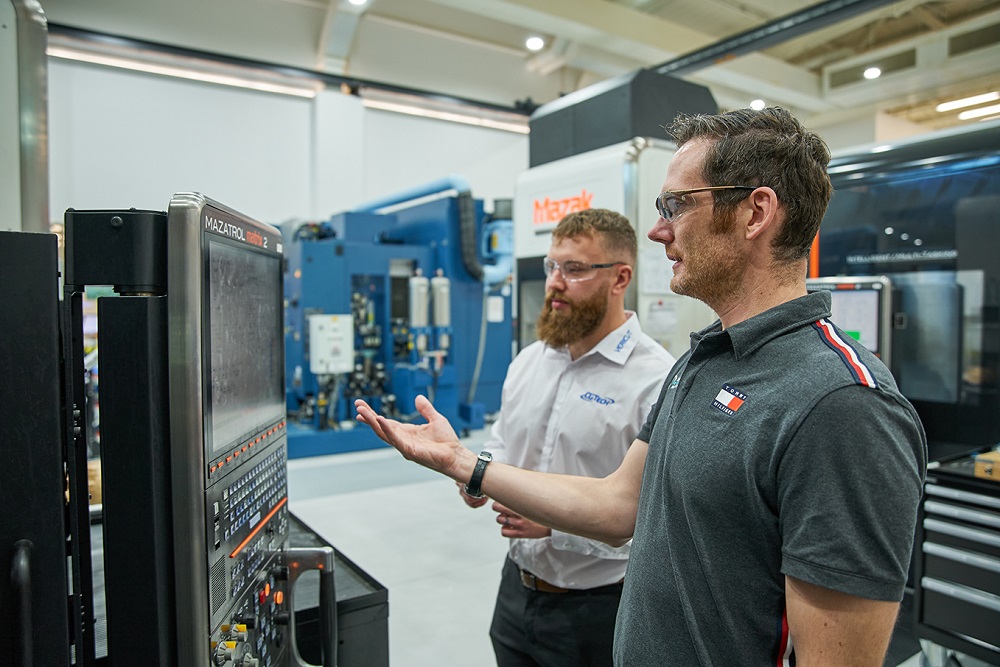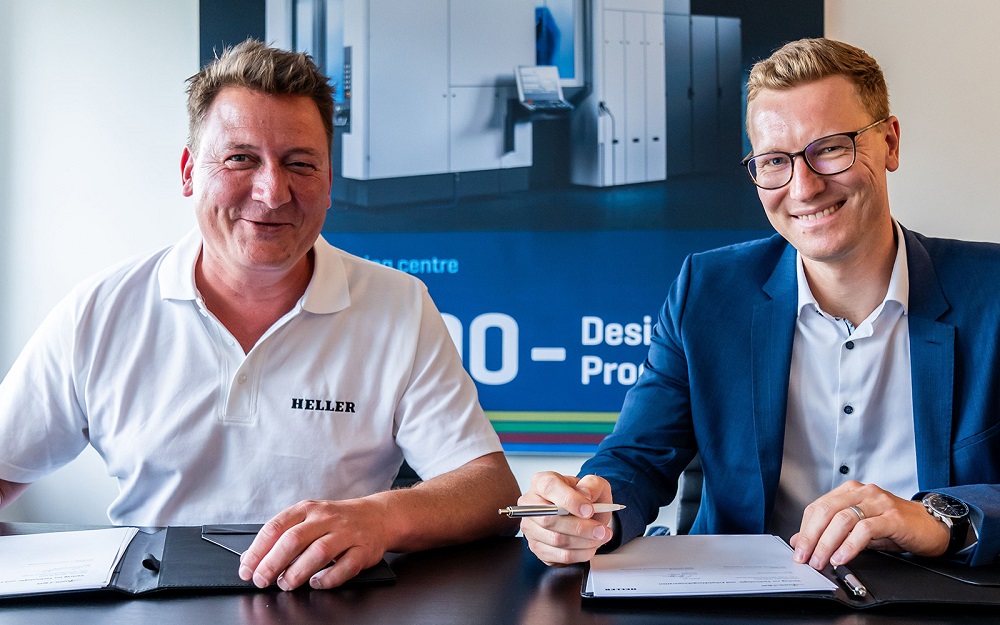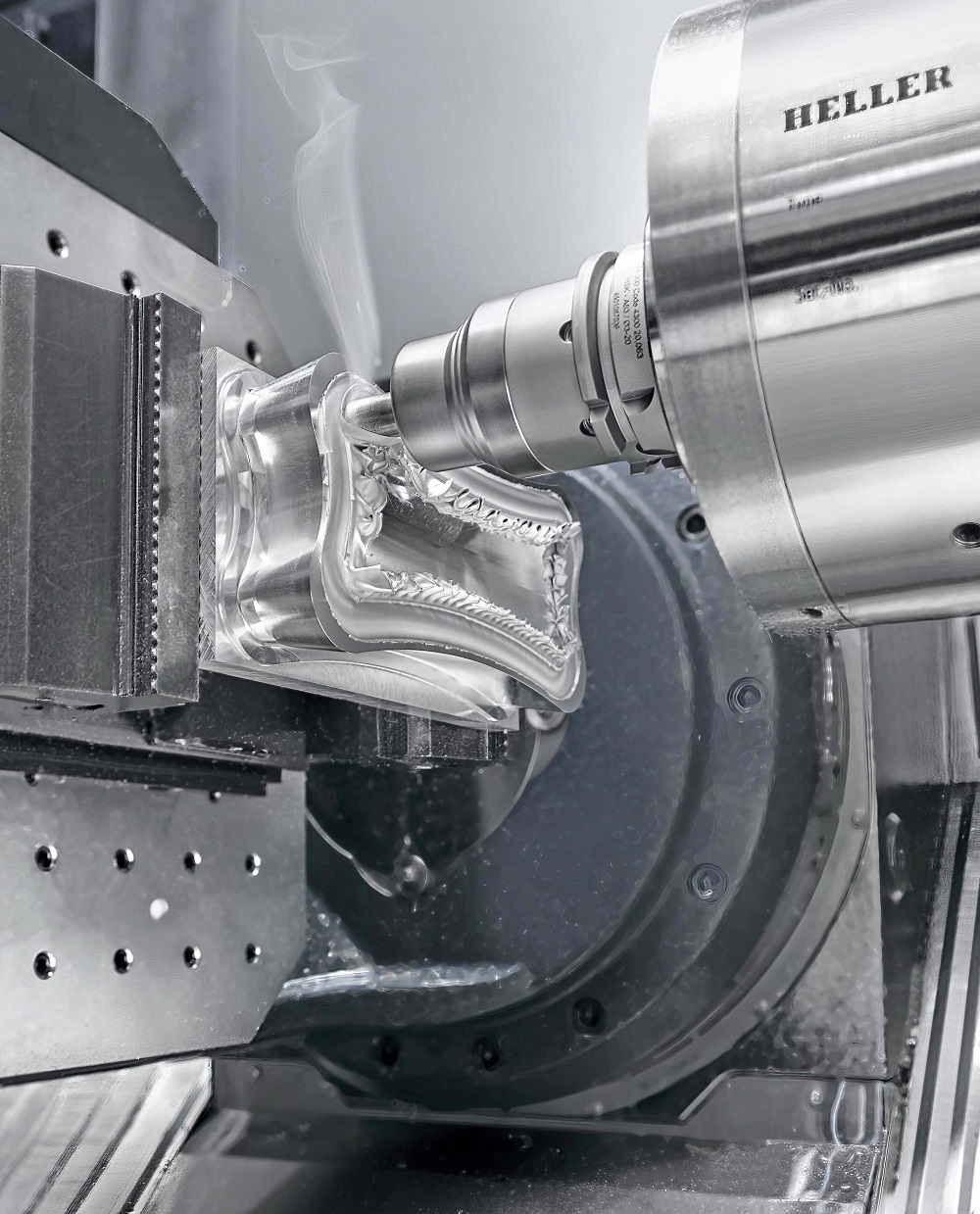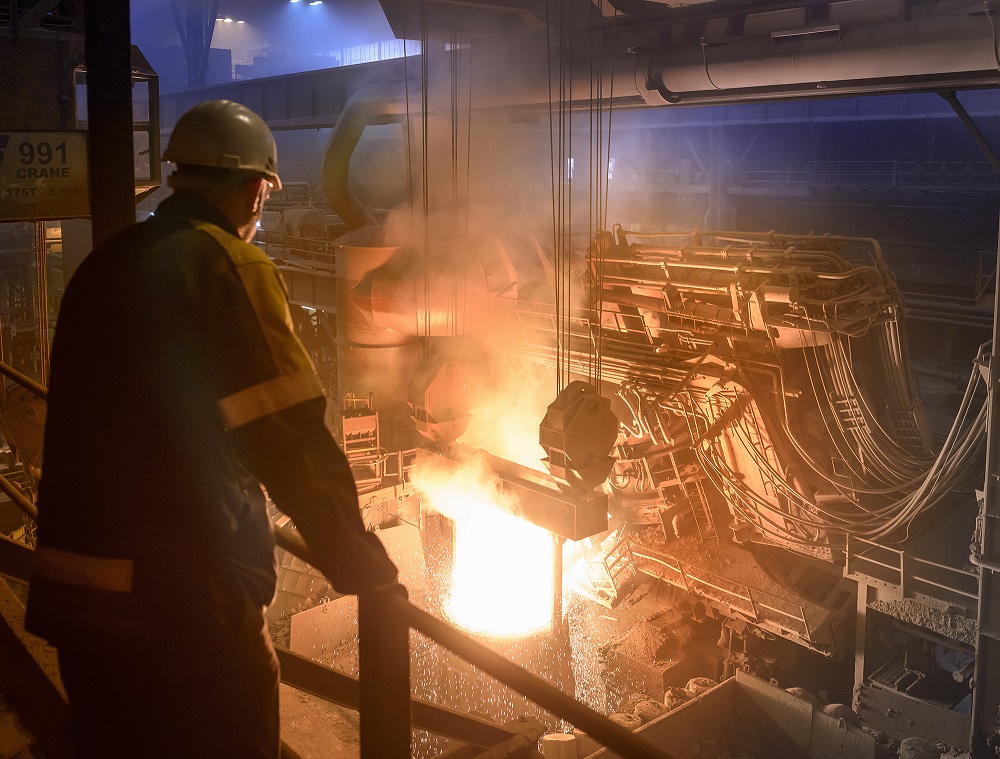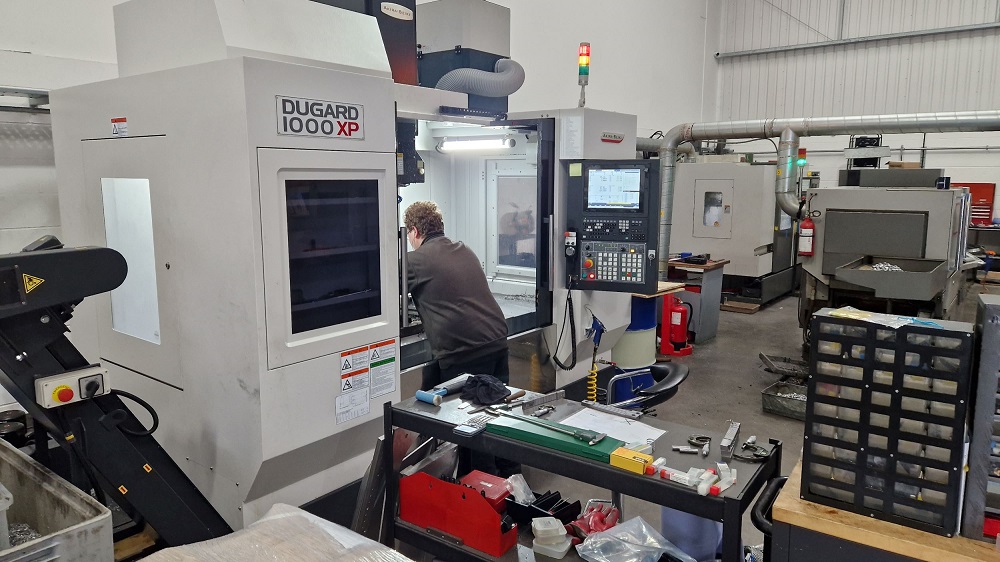Mercedes-AMG PETRONAS Formula One Team, a user of VERICUT verification, simulation and optimisation software from CGTech for over two decades, recently completed trials of VERICUT Force™ with eye-catching results. VERICUT Force is physics-based software that analyses and optimises cutting conditions to deliver significant time savings and improved tool life. The trial use of Force on a complex radiator component at Mercedes-AMG PETRONAS Formula One Team provided notable cycle time savings of 25% at the first attempt.
The success of Force emanates from its ability toset the maximum reliable feed rate for a particular cutting condition based on four factors: load on the cutting edge, spindle power, maximum chip thickness and maximum allowable feed. With the Machine Shop at the Brackley headquarters of Mercedes-AMG PETRONAS Formula One Team keen to discover what advantages VERICUT Force could deliver, CGTech granted the use of three temporary licences for trial purposes.
“We’ve been intrigued by Force since it launched a few years back,” says Robert Brown, Machine Shop Manager at Mercedes-AMG PETRONAS Formula One Team.” The opportunity to run a trial was too good to turn down. It gave us the chance to have a really good look at the software; take the covers off, so to speak.”
An actual radiator assembly component from the race car was the perfect candidate for the trial. While highly complex in terms of features (requiring around 30 tools), the part is small enough to have a relatively short cycle time so the Machine Shop could quickly implement program changes as part of an iterative improvement process. The plan was to produce the part from solid 6000-series aluminium alloy bar on a Mazak Integrex five-axis turn-mill machine. Component tolerances are in the realm of ±7.5 µm. There are also several features with true positions of 0.10 mm, tied up to multiple datums.
“At the start of the project we had one day of VERICUT FORCE training for our Production Engineering Group here at Brackley,” explains James Peddle, Production Engineer at Mercedes-AMG PETRONAS Formula One Team. “We found it quite easy to use; it has a similar layout to the interface of other VERICUT products. After the training, CGTech gave us six weeks to ‘play’ with the software, applying optimisation to our trial part. CGTech returned at the end of the process to validate our work before transfer to the machine.”
Machining the Force-optimised part produced outstanding results. The original cycle time was 3 hours and 15 minutes; post-trial it was just 2 hours and 27 minutes. Not only did the Machine Shop achieved this 25% cycle time reduction at the first attempt, but the trial involved the optimisation of just four roughing tools (two- and three-flute end mills). There is clear potential for even further gains.
“Theoretically, we could save even more time with some tweaks to entry and exit distances, and feed rates,” says Peddle. “We could have pushed the tools even harder in some areas, although we would probably need a machine with different kinematics as the test part was quite small.”
The Mercedes-AMG PETRONAS Formula One Team confirms that the 25% cycle-time saving for the test part would translate financially, effectively reducing the cost for spindle time by the same percentage. With costs for labour, raw materials and energy currently very high, reducing component cycle times is today more important than ever.
“The ability to machine 10 parts in a day instead of eight, for example, would be huge for us,” states Brown. “Moreover, if we scale-up the savings achieved on the trial part to some of our large components with long cycle times, the savings would escalate dramatically. One of our longest-running parts requires 125 hours. Based on the trial, we could likely save around 30-40 hours on this component by using Force. That’s a lot of extra capacity and cost savings.”
Force calculates optimal feed rates by analysing factors that include tool geometry and parameters, material characteristics and cutting material, detailed cutting edge geometry and VERICUT Smart Part Technology. The software calculates cutting conditions using specific material characteristics, taking into account the strength of the material and the effects of friction and temperature. However, Force is about far more than cycle time savings alone. Cut-by-cut analysis of the interaction between the tool edge and workpiece material means the software is adept at predicting tool wear, delivering significant tool life gains in many applications.
“Although the trial part was aluminium, we machine around 25-30% of our components from titanium,” says Peddle. “Using Force on these parts would likely extend tool life and generate savings.”
VERICUT Force offers a number of key tools that help visualise and identify areas with the biggest opportunity for savings in both cycle time and tool wear. Force graphs, for example, help users see cutting conditions, excessive forces, machining rates, power/torque, chip strength, material removal, tool deflections, and feeds for the original and optimised programs.
The final word goes to Brown: “Although the use of VERICUT Force is just a trial at present, it’s in our mind. We see it as a highly effective production engineering tool.”
For further information www.cgtech.co.uk







